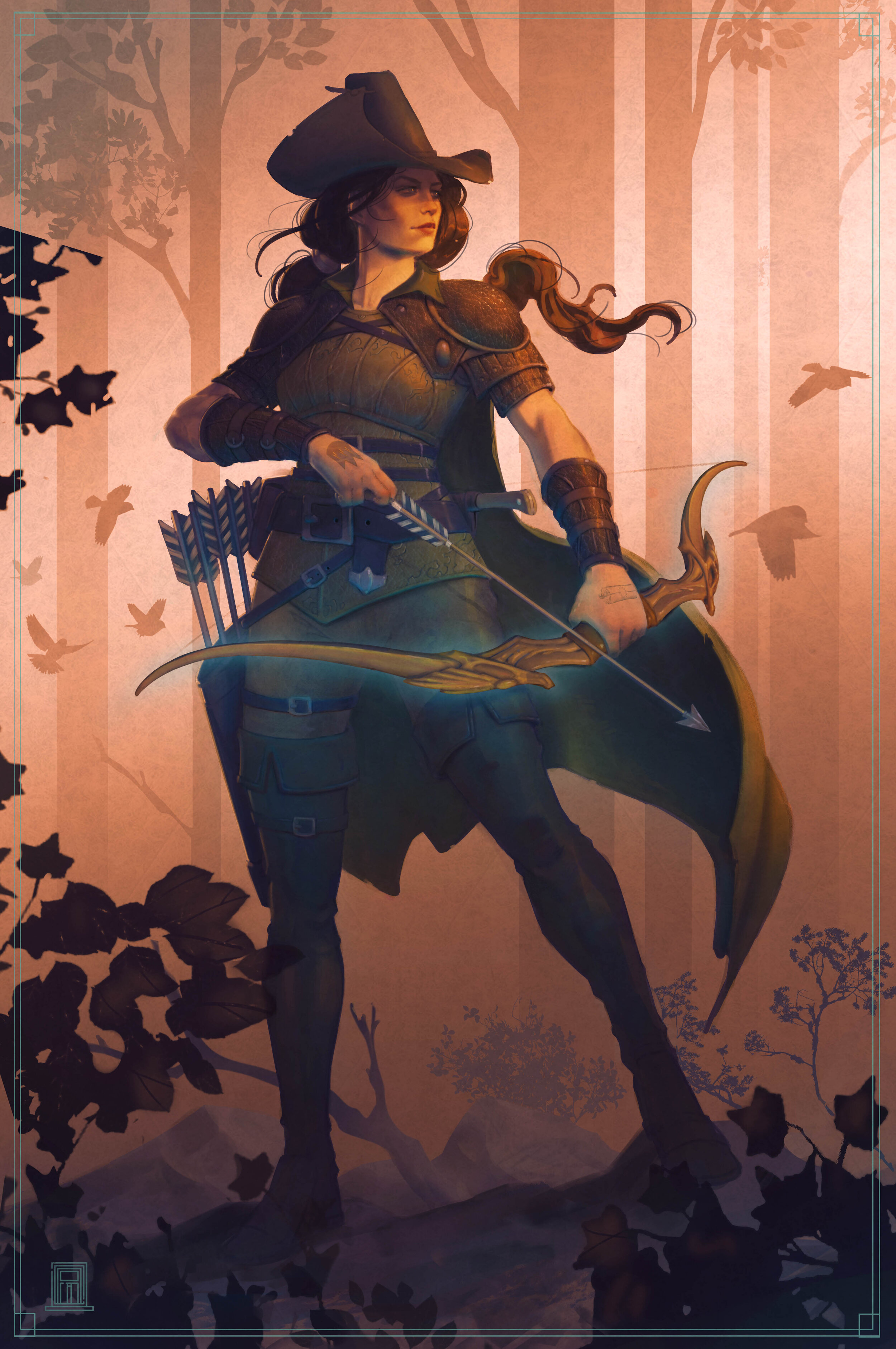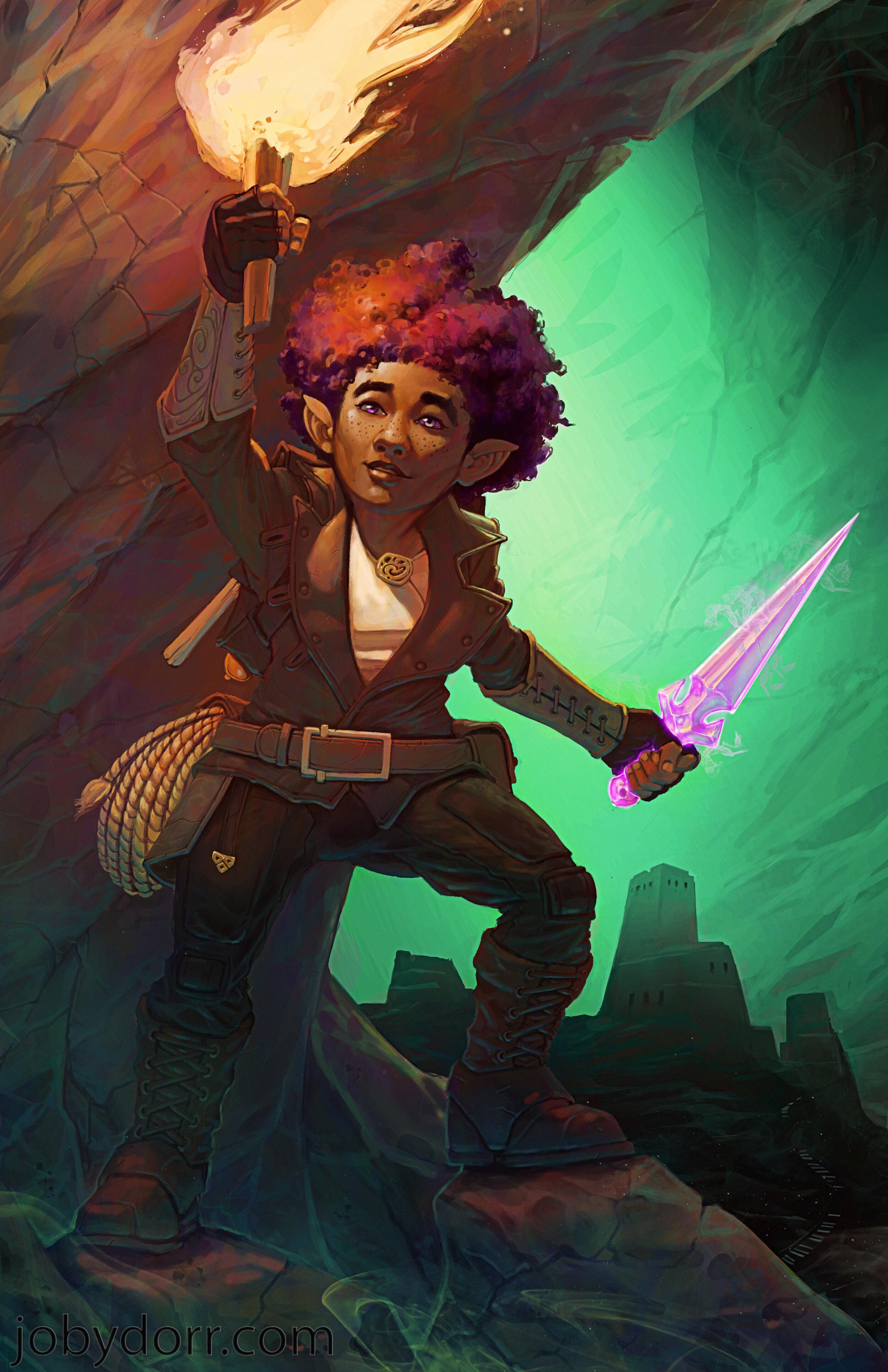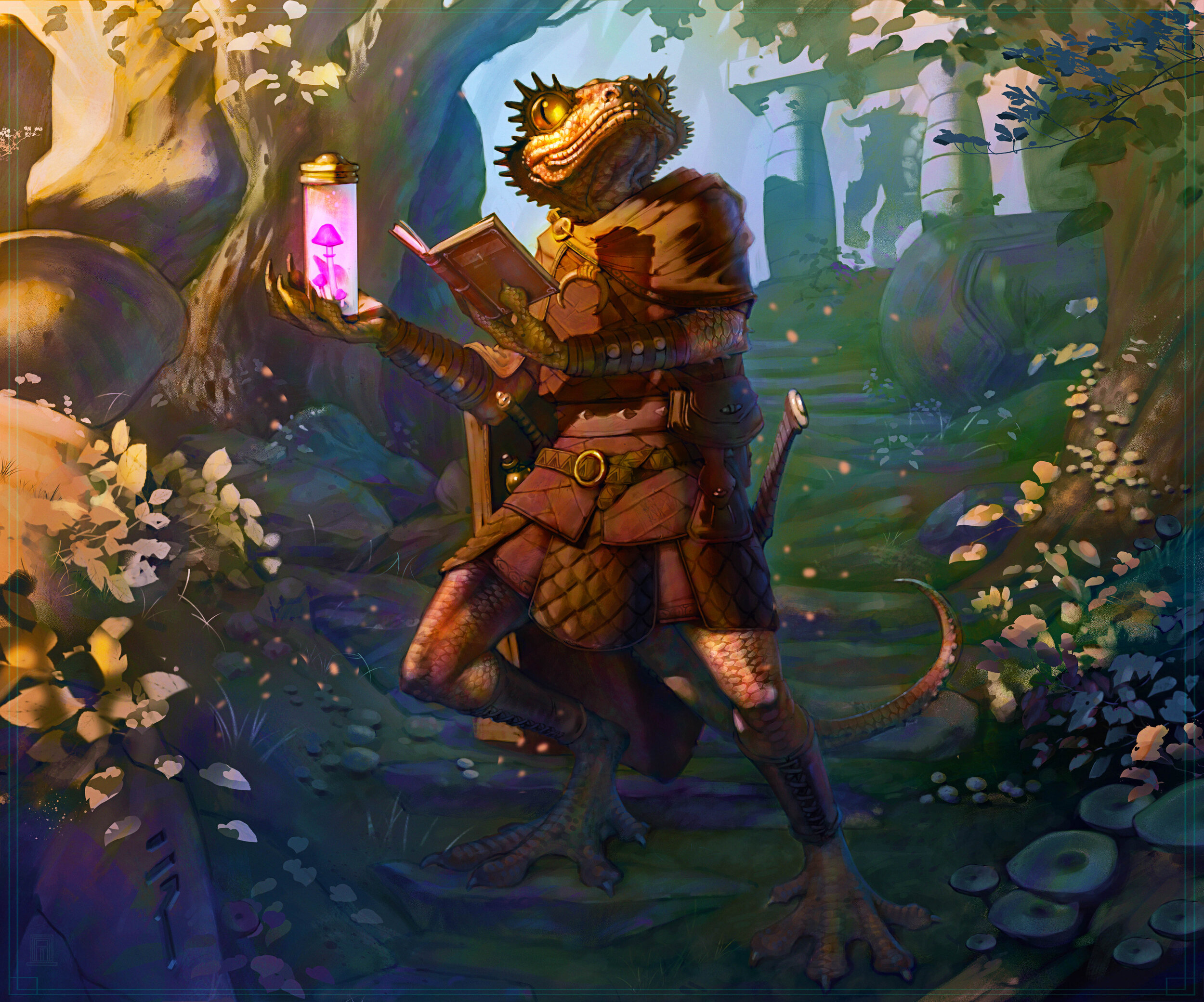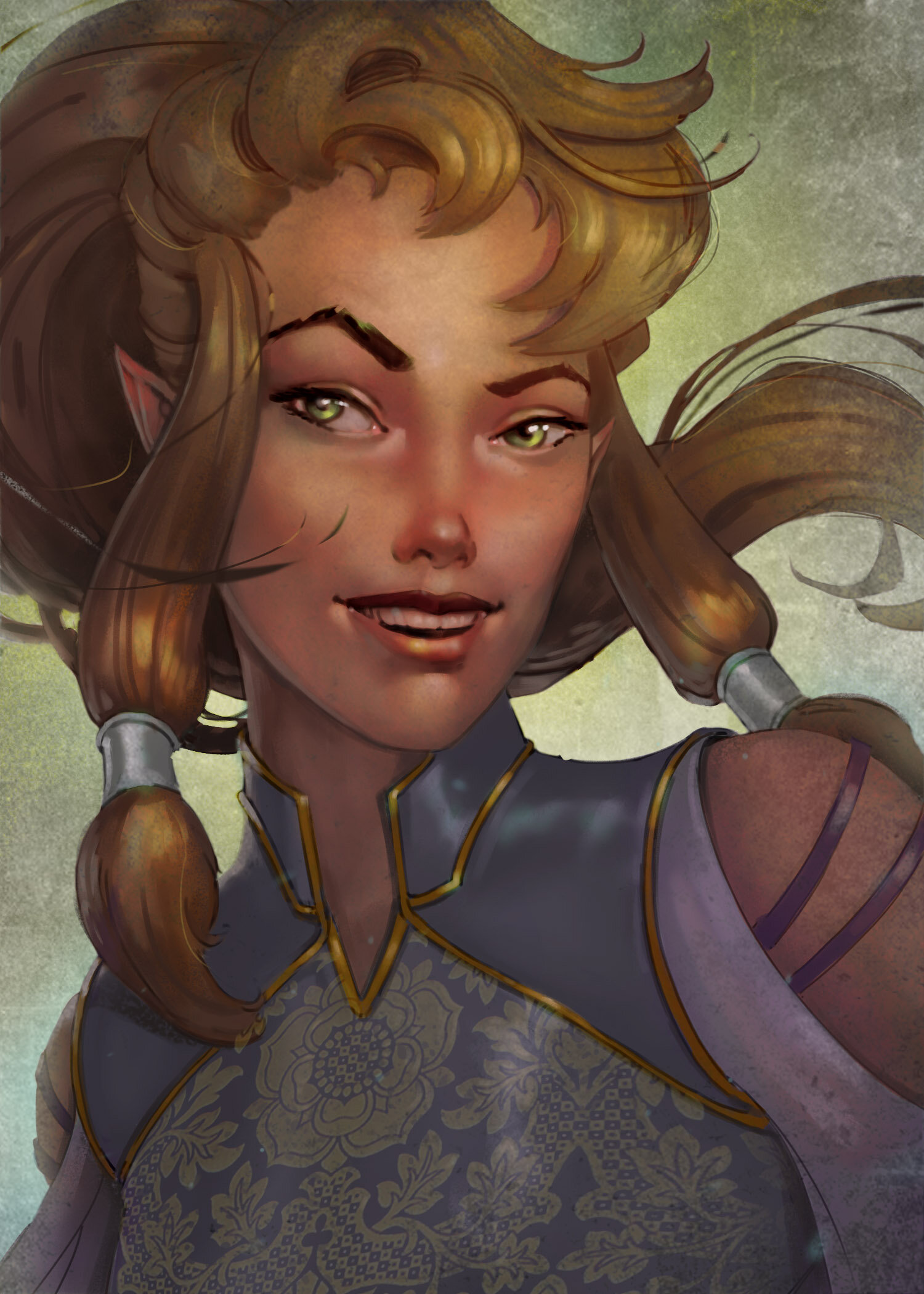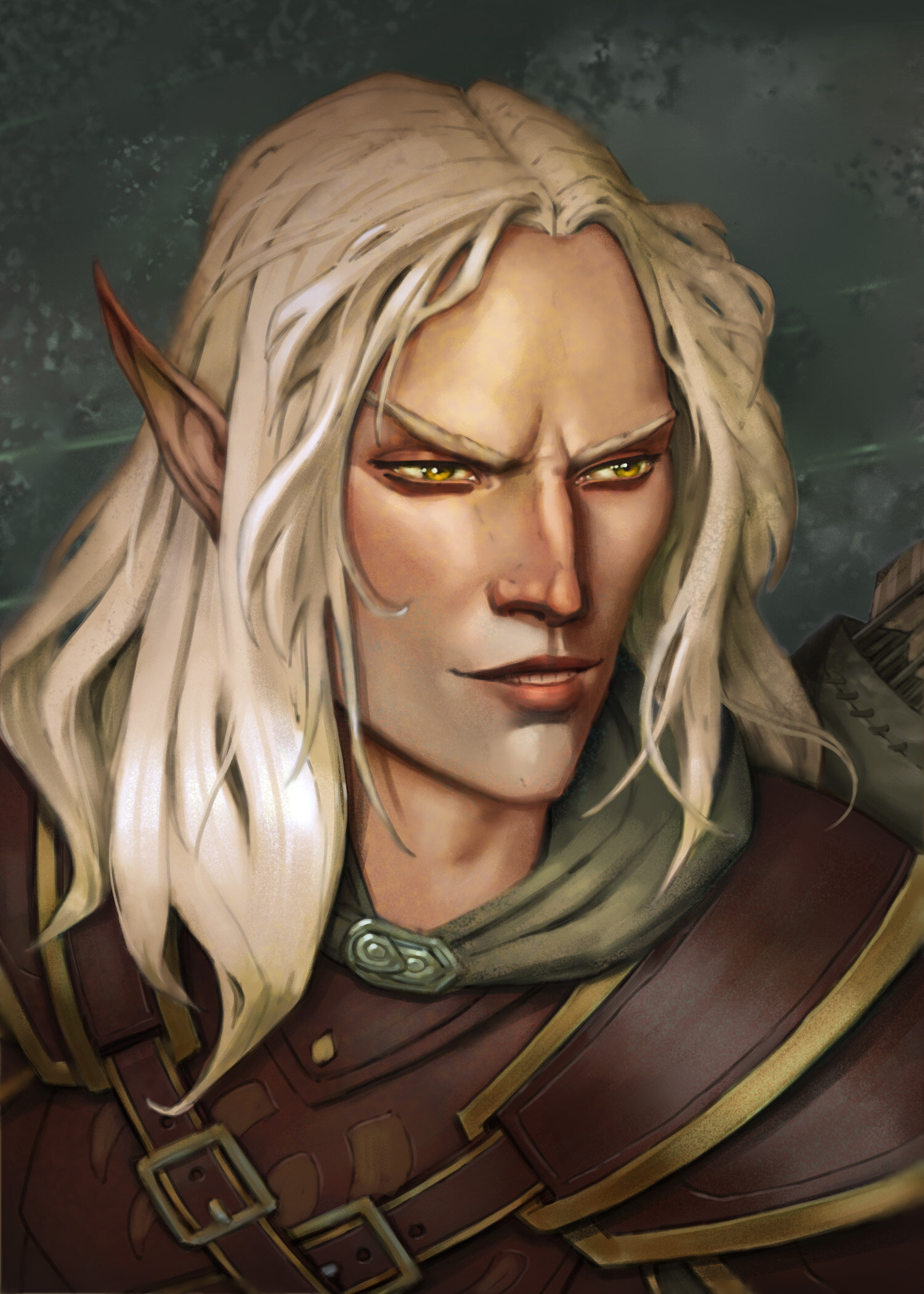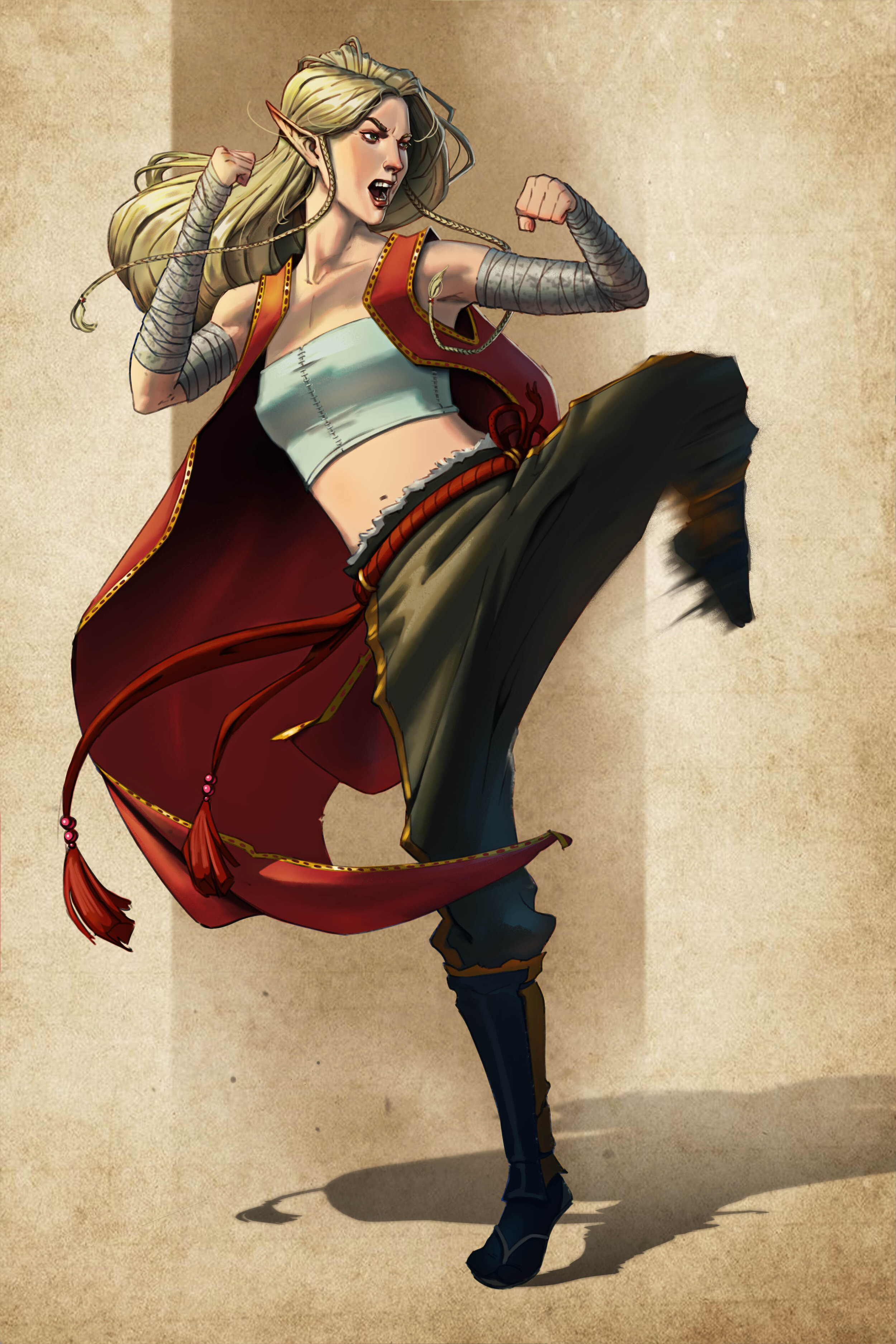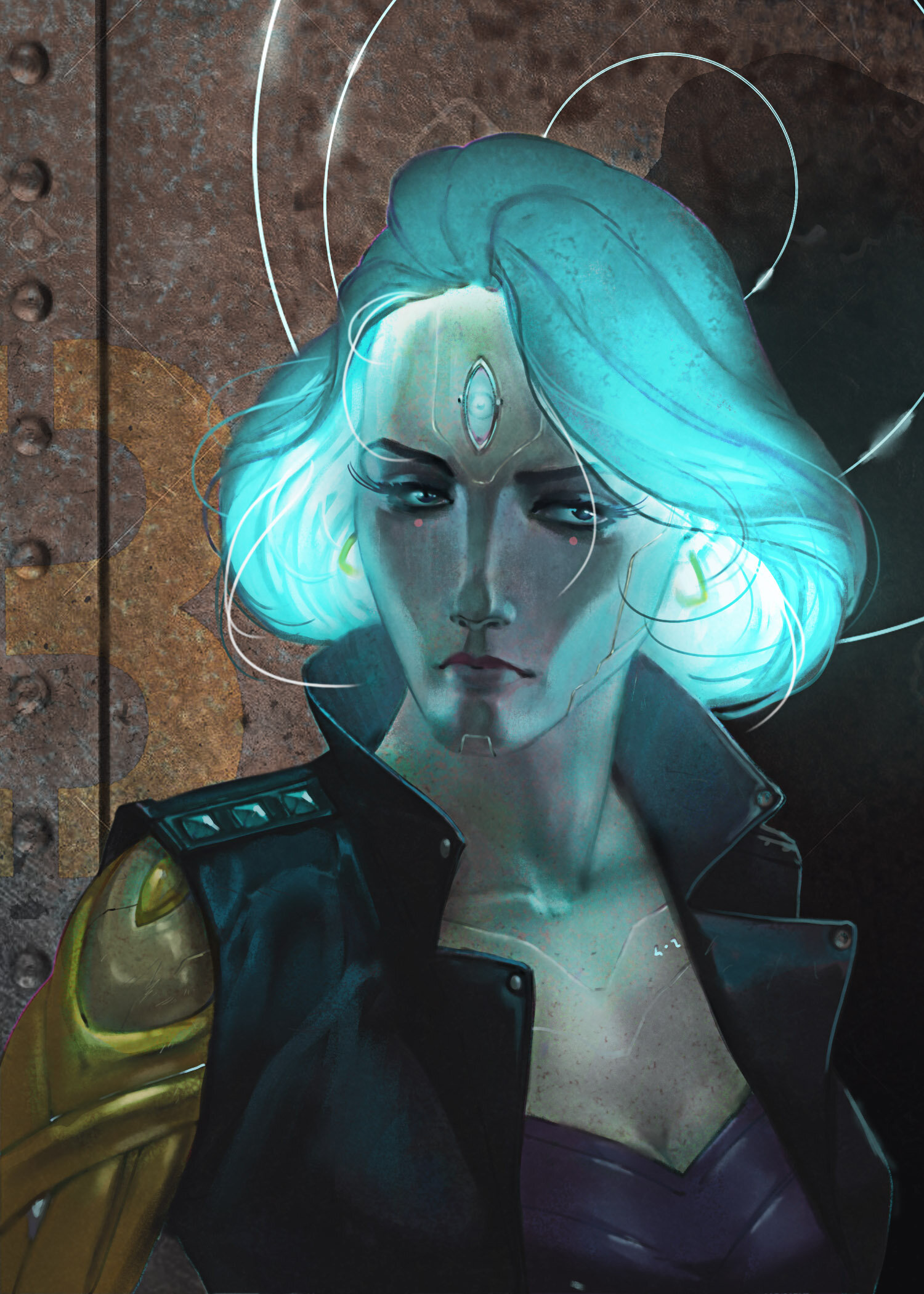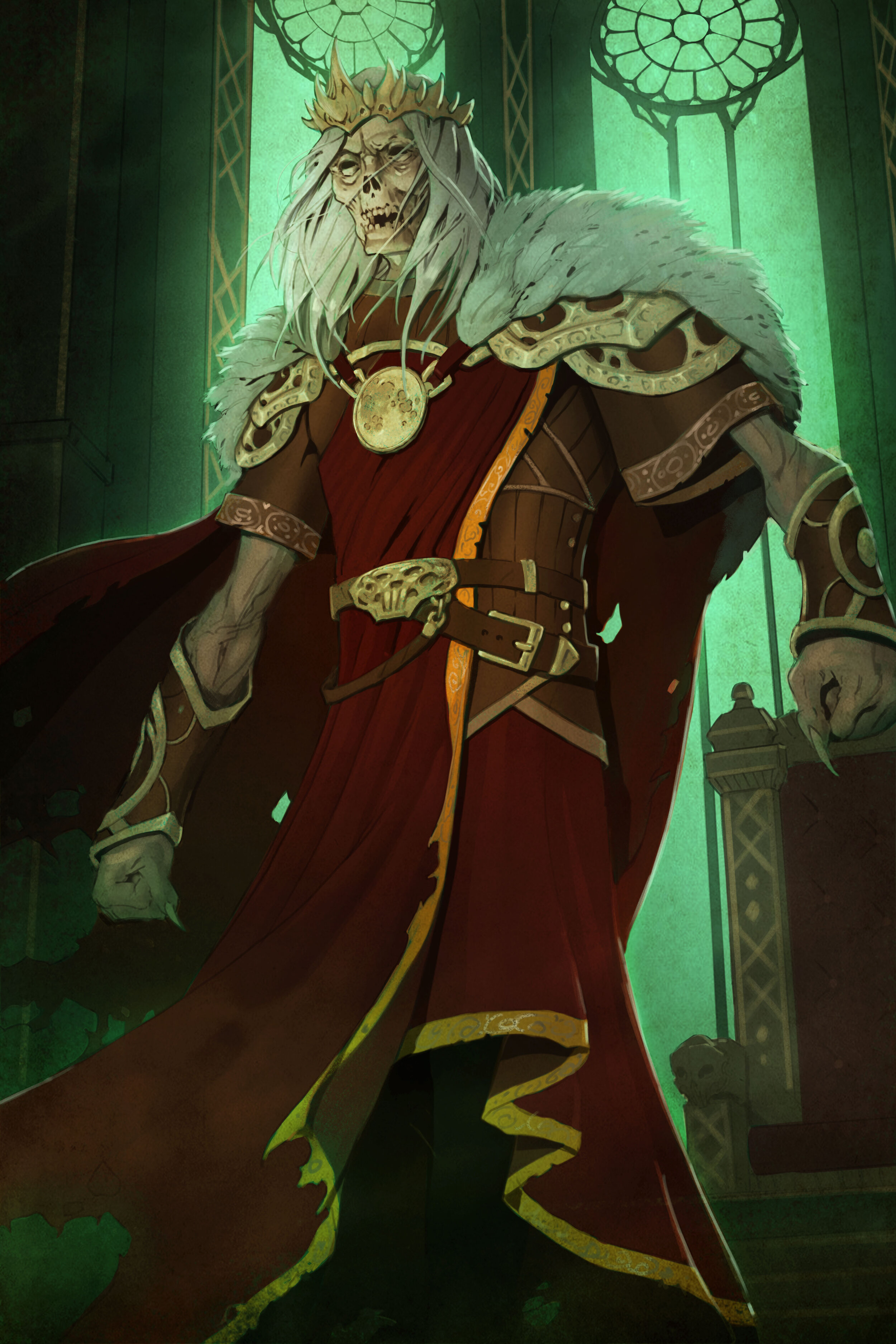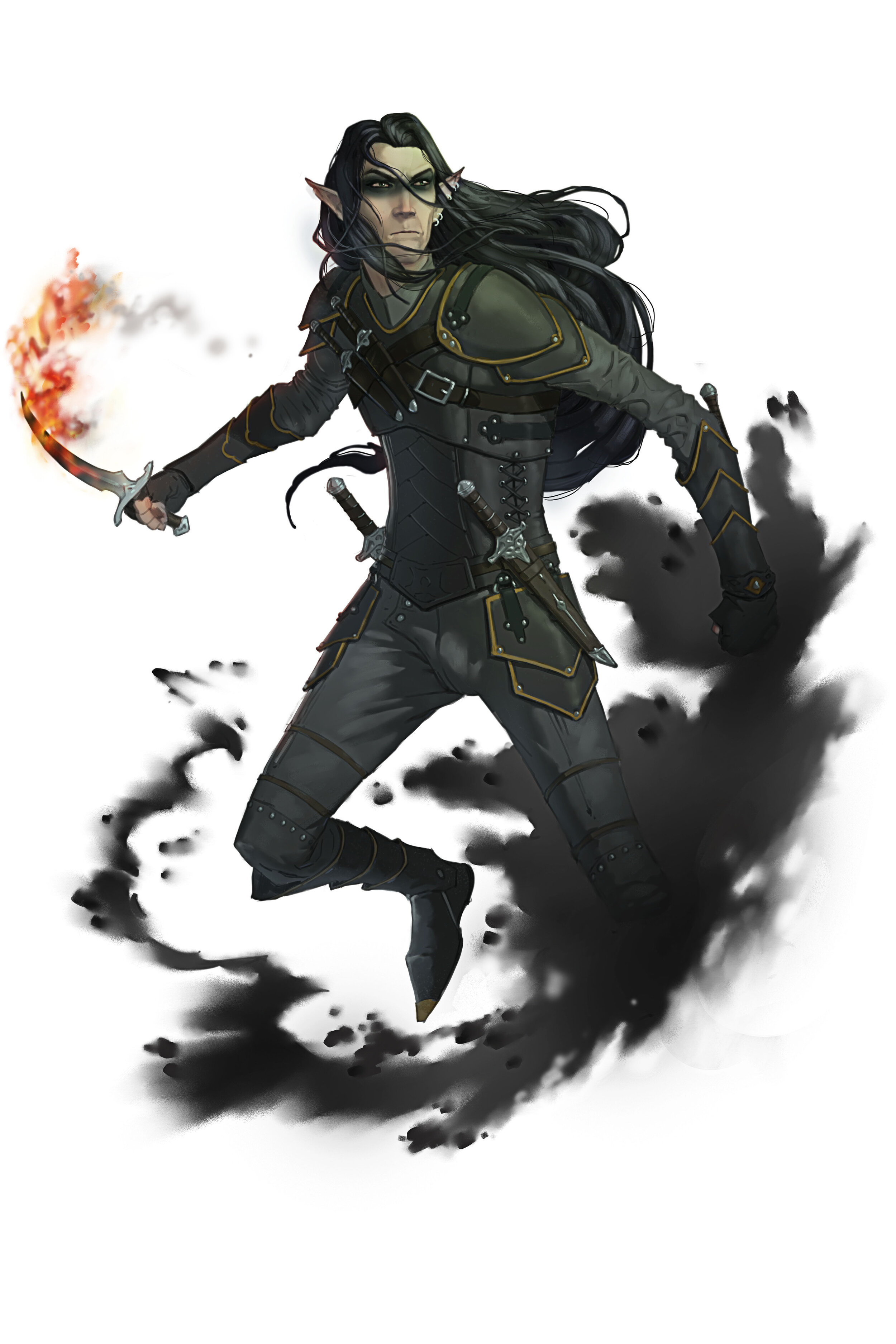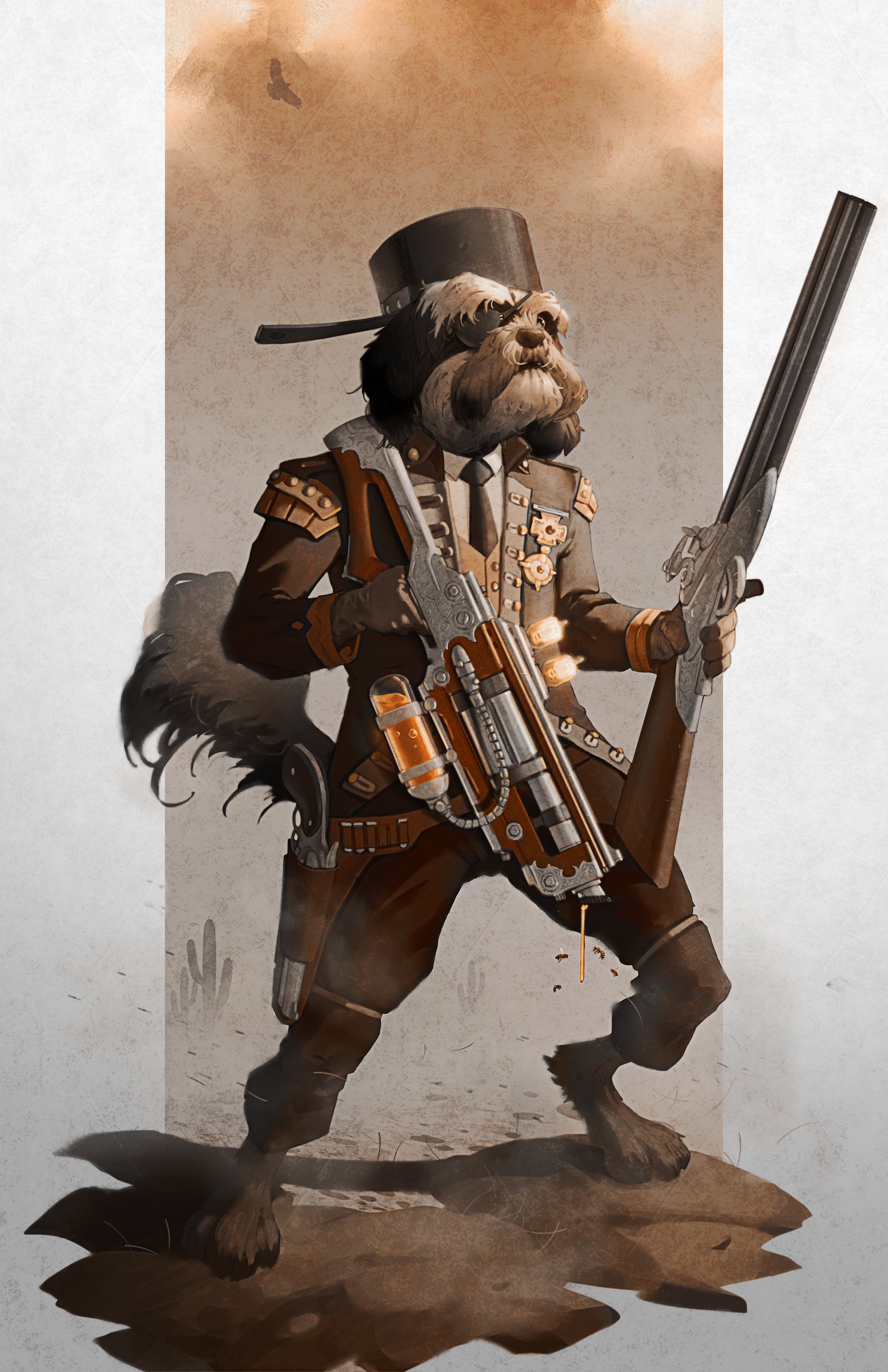What is Art? Why Is Art So Important?
/From its ability to transcend language barriers to its role in promoting empathy and understanding, lets delve into the different facets of art and its significance in our lives. Whether you're an artist, an art enthusiast, or simply curious about the importance of art, this blog aims to provide insight into the enduring value of this timeless form of expression.
Art inspires emotions and reflects cultural context, conveying information in ways that words cannot. From entertainment to engineering, across cultures, art is integral to our history, playing a central role in human achievement, as creative stories about imagined futures lay the foundation for bringing our visions into reality.
The importance of art is great, yet it often gets short shrift in the funding arena. In academic settings, art programs play second fiddle to mathematics and the sciences. This subordinate status continues despite growing evidence of the multiple benefits of artistic endeavors to individuals and society. Read on to see how art impacts our lives in important ways.
Why Is Art So Important?
Beyond being used as a medium for communicating, the arts also offer several benefits. From improved life satisfaction to economic impact, the arts make life better for people all over the world. The arts express not only what we are feeling but also offer a view into our cultural beliefs. Artistic depictions demonstrate what is important within our culture and society and also highlight the areas of contention and dissension.
Participating in artistic projects can have a positive impact on mental health. This is true for both those suffering from a mental health issue and those looking for everyday stress relief. Viewing and doing art calms our systems, allowing us to focus our thoughts on the artwork in a way similar to what is taught in mindful meditation.
What Is Art?
Defining art is not an easy task. To paraphrase a common saying: “art is in the eye of the beholder.” At its broadest, art is the expression of one’s feelings and ideas about life and society through various mediums. Yet, even this definition leaves some questions.
Personally I am not overly romantic about art even though I acknowledge its fundamental importance in all of human existence. I employ a formal definition of art that I would like to take credit for though Im probably not the first to think of it this way:
Art is a set of decision making protocols for interpreting reality and communicating emotional experiences through story.
Despite the difficulty in coming to an agreement on a definition of art, there are several commonly recognized forms. Artists have a variety of mediums with which to work to bring their inner vision into being. These include:
Painting - Artists working in this medium can use watercolors, oil paints, acrylic.
Drawing - Illustrations can be created using pencil, pen, charcoal, colored pencils, chalk, pastels and more.
Sculpting - Creations in this medium can be constructed from clay, wood, stone, metals and any other material that can be crafted together to express the artist’s vision.
Literature - From poems to novels, artists in this form use words to express their ideas and imaginings. This category would also include play writing.
Music - From song to score to playing an instrument, music can take many forms of expression.
Acting - In this medium, individual artists work alone or in an ensemble to bring the playwright or author’s vision to life.
The list above is by no means exhaustive. For example, many people consider architecture to be a form of art, while others may argue that it belongs more firmly within math and science. Certainly, some architectural drawings demonstrate the beauty of creating buildings, not just the mathematical equations of construction.
Why Do We Create Art?
The reasons why people create art are as vast as the mediums within which they can choose to work. On the surface, one could say that we create art to create beauty. Yet, art imitates life and life is complicated. People create art for many reasons, including:
to work out complex thoughts and emotions.
to bridge the gap between different groups.
to express an interpretation of cultural beliefs.
to create an object of beauty.
to exercise the brain.
to comment on society.
to create.
People create art because it is meaningful to them in some way. Whatever the medium they choose, the item they create offers the world a window into the artist’s imagination. Even in prehistoric, pre-industrialized cultures, people worked with whatever was locally available to create. From pigments pulled from plants and minerals to rock faces as canvases, people had the drive to morph ideas into physical representations.
How Do Artists Influence You as a Person?
People are influenced by art in a variety of ways. During a piece’s creation, the artist is impacted through the process of bringing their art to life. Artwork can move the audience to action, to create, to donate and more. Many individuals who are not able to do art themselves support artistic projects through donations and grants. They are moved to financially support the art scene because of the impact art has upon them.
Other pieces of art can illuminate societal issues. Conversations about the artwork then become conversations about the larger problem. Art has been used to build national identity and to spread the seeds of rebellion. Works of art provide a voice to the voiceless both physically and symbolically. For many, art provides a way to bring tough social issues into the public space in a way which cannot be ignored.
Why Is Art So Powerful?
Art is powerful because it is the embodiment of human expression in all its passion and visionary possibility. The intensity of those emotions displayed via the artwork can evoke similar feelings in observers. Artistic interpretations of historical or cultural events can reach a new generation. Recent musicals have taken quotations from historical documents linked them with a current musical style, making America’s origin relevant to a much wider audience.
Another demonstration of the power of art is its healing quality. For individuals who have gone through traumatic experiences, artistic expression allows them a way to share the artistic experience. Oftentimes, the trauma they have survived is unspeakable. Survivors do not have the words to describe what they lived. Art, however, allows them visibly to place their memories via their artistic medium and testify about their story.
Moreover, art has been used to express complicated and emotional political messages. Street art can be viewed as a way of both claiming public space by the artists to highlight a local social issue and a method of beautifying uner-served urban areas that often are not high on the list for beautification projects by city governments. Indeed, street art is often regarded negatively by those in power.
How Does Art Affect Your Emotions?
Listening to a favorite song on the radio can quickly showcase how art affects your emotions. Song lyrics have moved several generations through a dozen genres. Popular music speaks to people who have experienced similar situations. It validates their experience and allows them to feel less alone. Painful lessons can be lessened by the knowledge that kindred spirits exist.
Here are just a few ways that artists touch us with their works:
Fiction writers create characters with whom we can connect. Readers are able to connect with the ups and downs of their character, laughing at funny scenes and crying to mourn the loss of a beloved character.
Artists through paintings and portraits evoke a sense of what society was like at a certain point in time. Viewing the images, observers cannot help but juxtapose the image of life then with how they live now.
Sculptors and architects inspire awe and a sense of wonder at their creations.
Similarly, psychology has discussed the impact of colors on human emotions. Red is associated with anger and frustration. While shades of blue are thought to produce feelings of calm.
In Western representations, black has been depicted as symbolic of the villain. Think of the evil cowboy in the black hat, while the hero rides in on a white horse in a white hat. The symbolic value associated with each color produces a corresponding emotion.
How Does Art Reflect Your Personality?
Some psychological studies have found some correlation between personality traits and artistic preferences. For instance, younger patrons are drawn to more modern exhibits, while older visitors favor traditional artists. There has been a long debate in some circles about whether “folk” or “primitive” art is truly art, which has in turn led to a debate about the classist views of what is considered art.
Moreover, some research indicates that gender differences are also evident in art preferences. Some studies find that women prefer impressionist works, in contrast to men who tend toward renaissance painters. Certainly, someone who is quiet and withdrawn is more likely to prefer quiet scenes with soft colors as opposed to the vibrant colors often used in modern art.
Additionally, the way we use art to decorate our homes and offices gives others a peek at the things and beliefs that are important to our lives. Often, the items displayed in these spaces may present a side of our identity that we do not share in our public facing interactions. People are more likely to share their innermost thoughts with close friends.
It makes sense, then, that we decorate our private spaces with the art that speaks to us. When someone visits our homes, they are able to gain a sense of who we are and to what we are drawn by examining the paintings, pictures, sculptures, furnishings, and colors with which we decorate our homes.
How Art Affects Our Lives
At its foundation, art beautifies the world within which we live. From architectural wonders in ancient and modern cities, to plays on Broadway, artistic endeavors allow us momentarily to escape the worries of our everyday lives. Instead of worrying about car repairs or upcoming expenses, we can lose ourselves in a world created for us by the imagination of others. Our stress reactors get a much needed time-out.
Moreover, it is well known in educational settings that learning to read music is akin to learning another language. Students who participate in the arts tend to have a higher success rate in educational settings. Based upon the calming side effects and the increased neural functioning from working in artistic mediums, it is no wonder that art improves students’ overall educational performance.
The above reasons are why so many people fight to keep art programs alive in school systems. Participating in the arts provides a brain break from academic school work while still putting the brain through its paces. Students are still building needed skills while taking an art class or practicing with the band. Moreover, they are giving their nervous systems much needed downtime.
Can We Live Without Art?
Although the pursuit of artistic achievement is not physiologically necessary like eating, drinking or breathing, it would appear that humans have felt the call to produce it from our specie’s earliest beginnings.
The cave paintings of early hominids demonstrate the existence of a need in our species to chronicle or recreate what was present in the natural world around them. The presence of artist works; however, is not evident in other primate species, even those closest evolutionarily to humans. There are cases of some ape species painting in captivity, but this is due to human intervention, not a natural, independent behavior.
Thus, we can hypothesize that human nature pushes for the physical expression of our experiences and ideas. The early cave paintings are the bedrock upon which the great artists of the historical world built. The oral stories told around campfires morphed into plays and works of literature as subsequent generations built upon their predecessors’ works and evolved to new forms.
A Biological Theory of Art
Art is not just a private affair between the artist and their work. It's all about exhibiting to others and sharing the beauty of one's creation with the world. This display aspect has led to some fascinating biological connections between art and animal courtship displays. Charles Darwin famously argued that animals' natural ornaments and other displays are a result of evolutionary forces that promote sexual attraction, rather than just survival.
In nature, mate attraction strategies involve showcasing one's qualities related to health, genetic quality, and fertility. From the elaborate feathers of a peacock to the physical acrobatics of a bird of paradise, these displays are all advertisements designed to attract a mate. And when it comes to art, displaying one's work can signal the intelligence, creativity, talent, and physical strength of the artist.
In essence, art is not just a product of the artist's imagination, but a reflection of the human brain with all its capabilities and limitations.
Hormones significantly impact the dynamics of love and attraction. The hypothalamus, a crucial part of the brain, produces hormones that shape our behavior when searching for romantic connections. In the context of art, artists employ various techniques to capture our attention, and the degree of attention we give to art may depend on the hormonal levels within our bodies.
One hormone that merits attention is oxytocin, which functions as both a hormone and a neurotransmitter. Oxytocin fosters attachment, bonding, and positive social behavior and is produced in the hypothalamus before being secreted by the pituitary gland. Studies have revealed that manipulating oxytocin levels in humans can influence levels of trust, which is noteworthy.
What is even more fascinating is the possibility that oxytocin levels in the viewers' brains could play a role in attracting them to art displays. However, the question remains: what triggers this reaction in the artwork? While further research is necessary, it is an area of investigation that holds significant promise.
An Evolutionary Theory of Art
The dawn of art remains a major point of interest in the history of humanity. When did humans first create art, and was it linked to a specific evolutionary milestone in their brain? Evidence suggests that anatomically modern humans emerged about 200,000 to 150,000 years ago in Africa, but the appearance of numerous art objects didn't happen until around 45,000 to 35,000 years ago in Western Europe.
Art initially served as a symbol of social status within groups, and ornamentation played a pivotal role in visually identifying individuals. Over time, art evolved and became a cultural expression, with individual artists showcasing their talent. While early humans prior to the Upper Paleolithic also had the cognitive capacity for symbolic behavior, they didn't create art.
The critical difference lies in the neuroanatomy and biochemistry of the human brain, particularly the increase in regional specialization, hemispheric asymmetry, interconnectivity between specialized regions, and the interaction between neuronal densities and brain size. The formation of tightly-knit social groups could have also played a significant role in increased art practice.
Both art and language rely on symbolic and referential cognition, and it's suggested that critical positive changes in the brain attributed to full-fledged art production were also linked to the simultaneous evolutionary development of language. Nonetheless, no one knows for certain what triggered the inception of art or the extent of its significance in human evolution.
Is Art Good for Your Brain?
Neuroplasticity
Recent research in neuroscience has indicated that the brain exhibits plasticity much longer than was previously thought and that engaging in an artistic pursuit or learning a new artistic medium can help to build new neural pathways.
Beyond the actual physiological neurological changes that can occur, art has many other benefits for the brain. These benefits include:
Calming down the nervous system and relieving anxiety, increasing the production of natural feel-good chemicals in the body
Viewing beautiful art pushes more blood to the brain
Providing a way for individuals to express complicated feelings from stressful or traumatic experiences
Building and strengthening motor skills and hand-eye coordination
Working with artistic mediums can help improve memory
The stress relief provided through doing art alone is beneficial for your brain. Lowering anxiety allows the brain to stay in a relaxed state as opposed to being in a heightened response state.
Mental Health
Research from the University of Calgary shows a powerful and compelling case, that the arts have positive effects on mental health.
The arts offer an evidence-based solution for promoting mental health, and while practising the arts is not the panacea for all mental health challenges, there’s enough evidence to support prioritizing arts in our own lives at home as well as in our education systems.
The relationship between the arts and mental health is well established in the field of art therapy, which applies arts-based techniques as evidence-based interventions for mental health issues.
There is growing evidence that the arts can be used in non-therapy contexts for promoting mental health, such as using performing arts to learn about the core subject areas in schools or doing visual art with adults who are mentally well and want to sustain that sense of wellness.
Neuroesthetics is a new field of research that uses brain imaging, brain wave technology, and biofeedback to gather scientific evidence of how we respond to the arts. There is physical, scientific evidence that the arts engage the mind in novel ways, tap into our emotions in healthy ways and make us feel good.
The arts have been found to be effective tools for mindfulness, and engaging with visual art has been found to activate different parts of the brain other than those taxed by logical, linear thinking.
Research shows that the arts can be used to create a unique cognitive shift into a holistic state of mind called flow, a state of optimal engagement that is mentally pleasurable and neurochemically rewarding.
So, Doing Art is Good for You?
The benefits of doing art are multifaceted. The lowered stress levels not only benefit the brain, but also the entire body. With a relaxed nervous system, chances of stress-related diseases like stroke, cardiac related diseases and aneurysms are lowered.
Finishing an artistic project can increase a person’s sense of achievement, which in turn leads to a higher sense of self-worth
Improved fine motor skills from working on detailed work
Building creative skills through imagining the project from inception to completion
One does not have to create an artistic masterpiece to reap the benefits of doing art. Walk into any dollar, general or bookstore, and you will find coloring books for children and adults. While children’s coloring books are geared towards entertainment and developing motor skills, adult ones are marketed towards stress relief. Just the act of coloring with different colors and being mindful about the coloring has calming benefits.
What Other Skills Does Learning Art Develop?
Art is good for you for several reasons beyond stress relief. From memory to fine motor skills, the benefits include:
Better visualization. Engaging in artistic endeavours requires that the artist see in their mind what they wish to create. Visualization plays an important role in the work that life coaches and sports psychologists do. Further, the ability to visualize an upcoming event or project can increase success.
Increased planning skills. Similar to visualization, an artist needs to plan for materials needed for the project and the phases of the project, among other things.
Creating coping skills. Doing art not only helps people process difficult memories, but also it can help individuals cope in the moment. For example, teachers will often offer crayons and a coloring page to students who are emotionally upset, allowing them a calming task to focus upon as they unwind.
Communicating with others. For individuals who are unable to put experiences into words or who are physiologically unable to communicate verbally, art can offer another way to express their thoughts, imaginings and fears.
When viewed holistically, the importance of art in human lives is readily apparent, not just for the artistic creations themselves, but also for the many benefits that come with creating and viewing works of art. Many of the same benefits that doing art provides can be experienced by viewing the works of other artists.
Conclusion
Defining art may be a difficult concept, however, identifying why art is so important to human existence is not. Works of art beautify our world. Whether it is the new building you walk by on your way to work or the landscape painting handed down through the family generations, seeing beauty is a balm to busy brains and nervous systems. The colors of rooms can inspire you or calm you down.
Participating in the creation of artwork is important as a means of conveying what is individually and culturally important. You are able to build new pathways in your brain and enhance your memory. Drawing, painting, writing and other artistic mediums allow your brain and nervous system to wind down and relax. Art is important in human lives for the beauty it brings and for the sense of peace it offers to hectic existences.


















